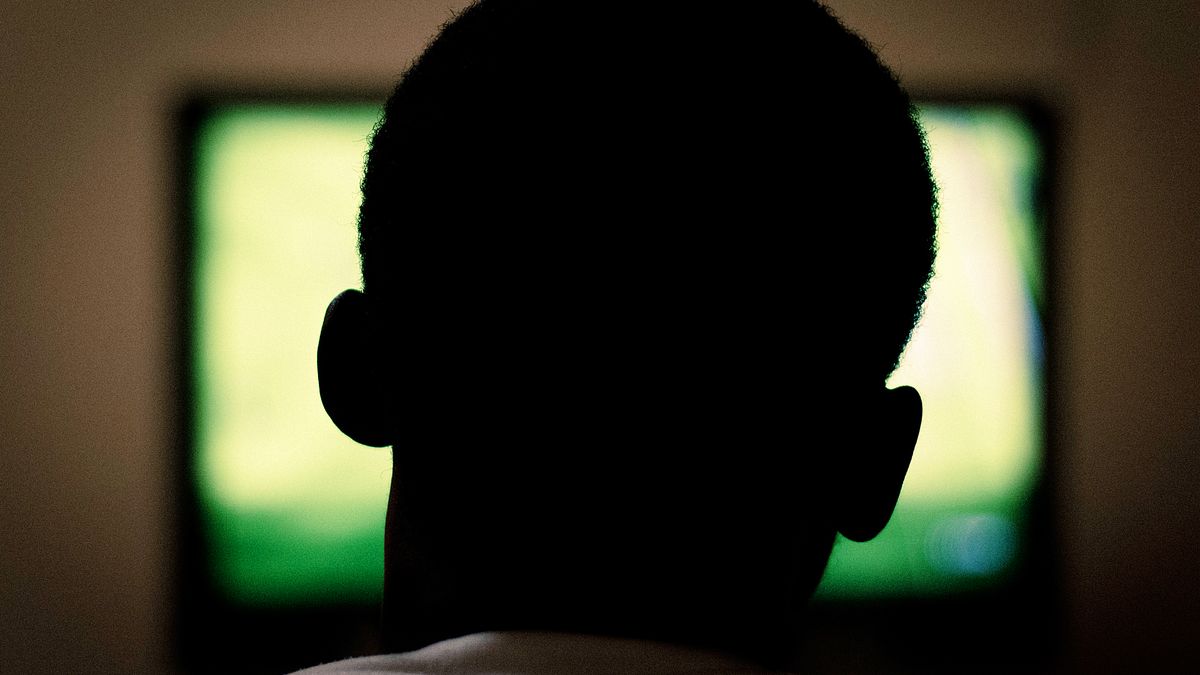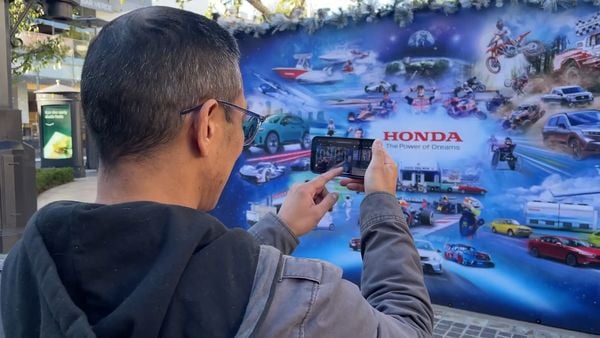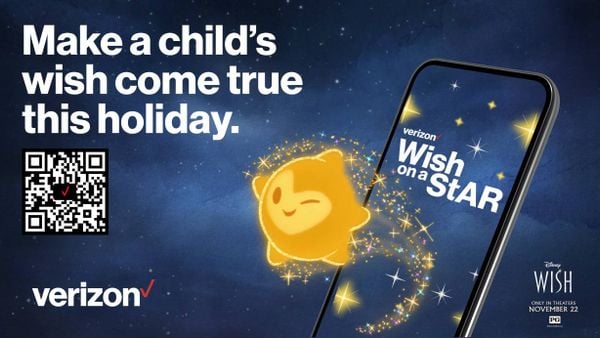Dive Brief:
- Google announced several changes to its AdWords platform Monday that seek to "close the loop" for advertisers marketing on and offline, according to a company blog post. The updates will serve as a lead-in to several talks the company will be giving at the Advertising Week conference this week.
- The new AdWords strategy includes: tweaks to the Brand Lift measurement tool, which will now let marketers directly compare how many times consumers look up a product after watching a YouTube ad vs. watching a similar spot on TV; improved localization of mobile Google Display Network through things like Maps; more data dedicated to offline measurements of the some 200 million brick-and-mortar stores Google accounts for globally; and cross-device ad targeting through features like the Display Network and DoubleClick Bid Manager.
- Google plans to fully introduce these features over the next few months, presumably in time for the holiday shopping season.
Dive Insight:
The new Brand Lift measurements directly pit YouTube and TV ads against one another — a direct approach intended to drive marketers away from linear TV budgeting by making the benefits of Google's strategies more apparent. But, the tech titan’s renewed focus on improving local business and product searches could be the most essential piece of news to be gleaned from the Advertising Week developments for marketers, especially given that the holiday shopping season is about to kick into full force. If a brand wants more foot traffic and exposure come Christmastime, improving Google searchability and accessibility right now is one solution.
Marketers can now push ads to Web browsers and app users that show a business address, Google Maps directions and photos, which could drive foot traffic to stores. For example, The Home Depot is using location extensions to reach consumers actively browsing their phones near the retailer’s most popular stores, with the effort delivering eight times the in-store return-on-investment.
Already grappling with slipping viewerships in 2016, traditional TV could face an even rockier road ahead now that Google is not so subtly trying to broadcast its dominance as a more intuitive and useful platform for connecting consumers to businesses. But linear TV’s loosened grip on consumer interests is hardly surprising, and few would argue that this is a space Google hasn’t already started to dominate over the past few years. As Adweek points out, Google touts research claiming that 30 percent of phone users who visit a retailer's website or app will likely move to purchase within a day, so retailers dedicating more of their marketing attention to digital is both inevitable and intuitive.













